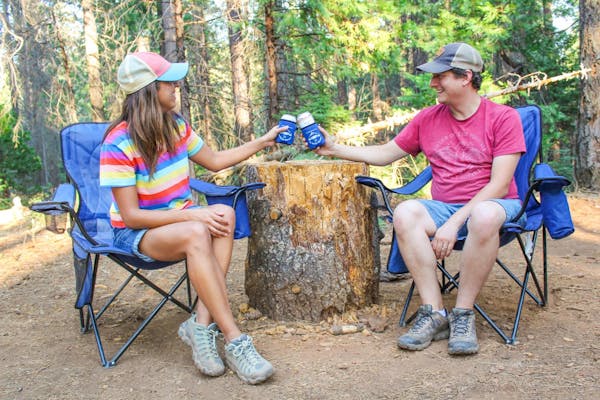During breaks in my service, I tried to spend as much time as possible outside. I joined several hiking groups, including some women-only groups, to maximize my outdoor recreation. Slowly, I began to organize and lead some of these groups myself. It was a great way for me to tap into my experiences in the Navy and speak with other women about independence, safety, and the beauty of the great outdoors. Going on these trips and sharing them with others started to feel like my true purpose. Touring the country and going on countless hikes made complete sense to me, seeing as I had just spent years working on a ship traveling all over the world. And so in 2019, after spending nearly half of my life in the Navy, I made the decision to retire and embark on another adventure—but this time, it would be in an RV and not a boat.
In June 2020, after selling my home and most of my belongings, I purchased Nyxie—my Thor Motor Coach Tellaro 20KT Class B RV. And in just a few short months, Nyxie and I have covered a lot of ground. Starting in California, we’ve driven through Utah, Nevada, New Mexico, Texas, Arkansas, Tennessee, and back again. Every chance I get, I stop to hike and explore. When I stay with friends or family, we hike together. I even hike with people I’ve just met. I’m constantly meeting new people in the RV community, especially through the Thor Tellaro Facebook group, and we’ll often coordinate meet-ups or plan hikes together. Through all of this, I can’t help but smile because I know I’m making unforgettable memories. These memories can be as simple as a good conversation on the trail or a gorgeous sunset vista. Because after multiple deployments at sea and one boots-on-ground deployment to Iraq, celebrating life and all its little daily humors has become my personal, unspoken motto.








